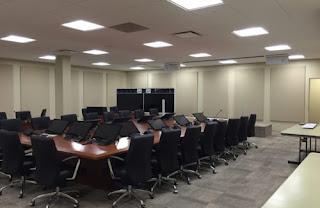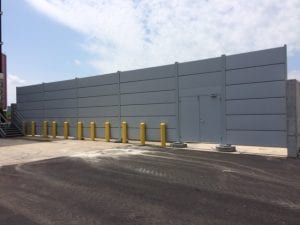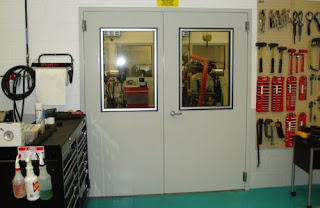Easy soundproofing in new and refurbished homes
It is a general complaint among the city dwellers that the floors and the walls separating one apartment from another permit sound from one side to pass very conveniently through the other side.
Loss of acoustical privacy hasn’t been a grievance in the suburbs until lately, as land prices surge, many are getting smaller and houses are getting closer. House are also getting closer to the street and is experiencing noise pollution. This led to the installation of quilted fibreglass absorbers in many houses.
It is more important now as many of us have strong multimedia centres in our homes, and we like to bask our movies with high sound. The closer you live to your neighbour, the better the chances are for the loss of acoustical privacy. This is why installation of sound absorbing wall strips is necessary.
Sound is transmitted from its source to the ear through waves travelling through the air. When the volume of the sound reaches you, you are affected by the distance from the source and the presence of hurdles between the ear and the source. It is these obstacles and environmental noise that we are concerned about, how can we stop the sound waves?
Good vibrations
However, blocking air space is just part of the solution. While building materials touch each other, they vibrate and transfer the sound energy very efficiently. There are some specialized materials and some fundamental methods you can utilize to separate building materials from each other that work in refurbishment and new construction.
In refurbishment and new construction, a common method is the use of sound cancelling foam. The drywall is then attached rather than wood, as sound energy makes the drywall to vibrate, the foam absorbs the energy before it is transferred.




Comments
Post a Comment